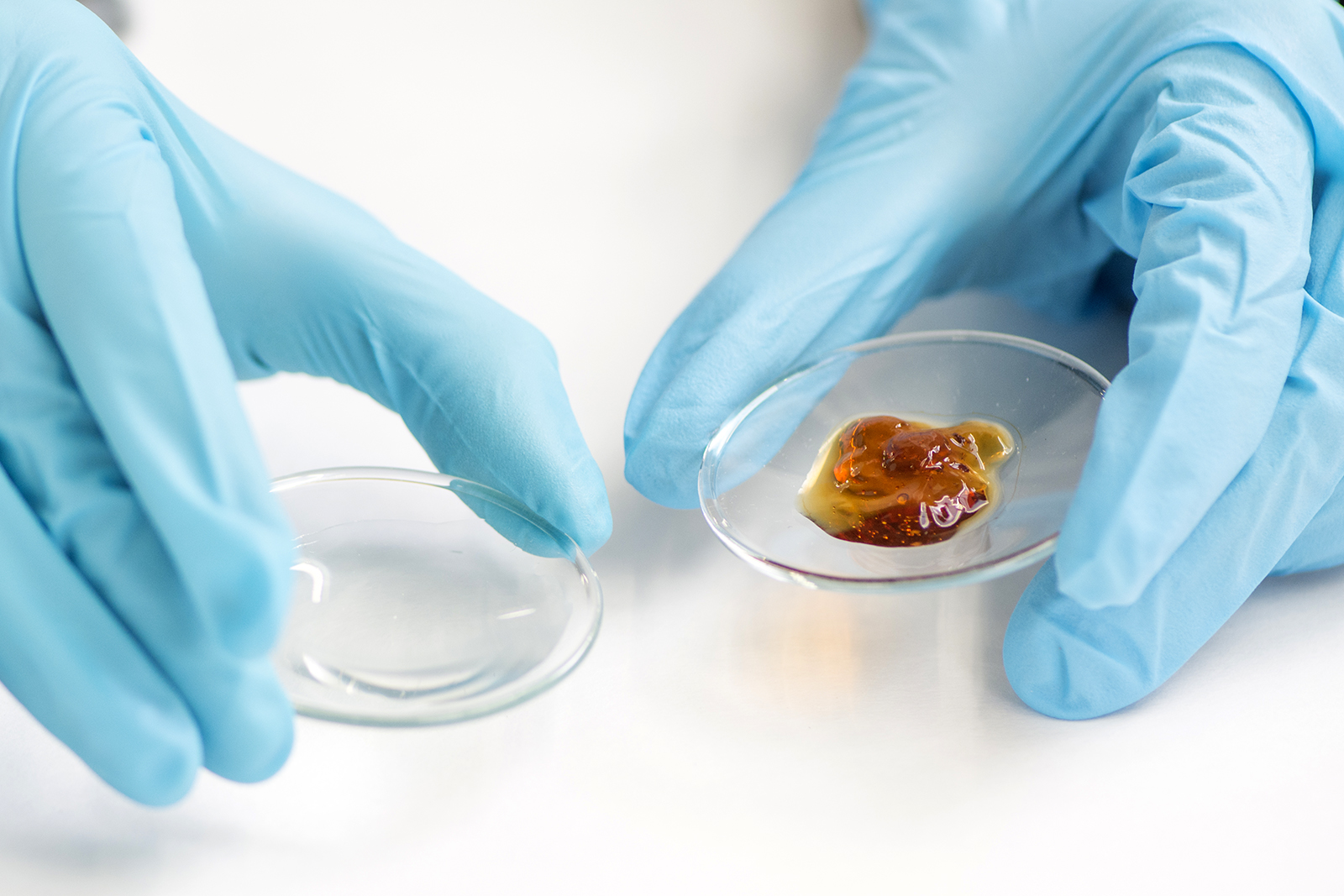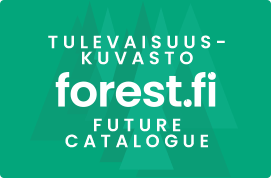

Combining birch nanocellulose and willow bark extract produces a new kind of packaging material. The Häme University of Applied Sciences HAMK, VTT Technical Research Centre of Finland Ltd and Aalto University have presented a new process where components of willow bark are embedded into a net-like matrix made of birch nanocellulose.
Together, these two substances form a gel-like yet strong structure which, in addition to other properties, is antioxidant.
’The new material can be used to make thin films. The idea is to combine several functions in one film,’ says Päivi Laaksonen, Principal Research Scientist at HAMK.
’The material consists of two cross-linked networks, which may have different properties. One of them may form a structural support, a kind of skeleton, while the other may be more fragile yet chemically active, for example.’
’The nanocellulose provides support and the compounds in willow bark form a bioactive network,’ Laaksonen continues.
Packagings today often include many different plastic films and synthetic materials, to achieve the desired functions. Because of this, packagings are difficult to recycle and dispose of.
The new method produces a film that is easier to recycle. It is fully bio-based and biodegradable. Moreover, the method makes use of bark, thus broadening the use of wood material.
Bioplastics only make up 0.4 percent of all plastics.
’There is a great need to develop new functional materials that can be disposed of without generating waste.’ Laaksonen says.
The use of bark is a good illustration of the development of packaging. The natural function of bark is to protect the tree from external risks, such as UV radiation and pests. This allows the wood cells to live longer, and ultimately, this ”packaging” also decomposes with the rest of the tree.
The development project is part of the doctoral thesis of Tia Lohtander at Aalto University.
